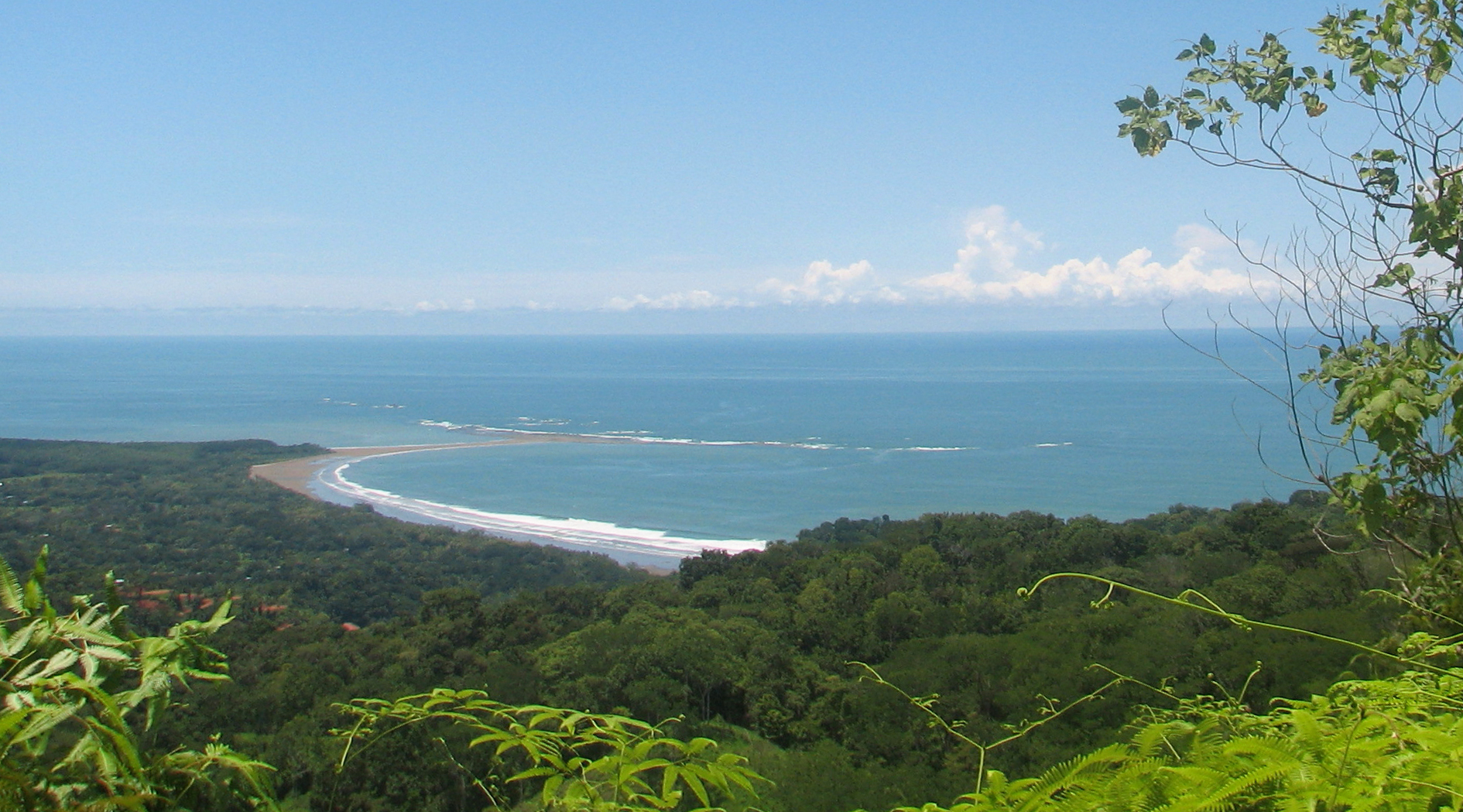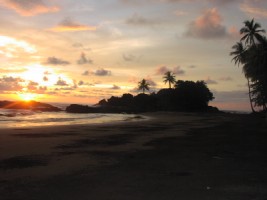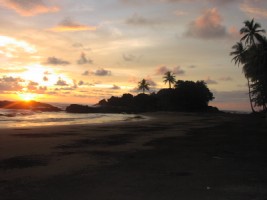Disclaimer: the following is not necessarily what some sellers of Costa Rica real estate want to hear.
It was sometime in 2008 when the world changed. Our globalized economy demonstrated, for the first time, the extent to which we (all us humans) are interconnected. When one falls, we all lose our balance.
Some of the bigger economic minds in the US got going with an illusionary slight of hand called “derivatives” and in so doing, yanked the rug out from under the U.S.’s, and then the world’s economies.
Costa Rica land sales stopped. Here in the southern pacific zone many of the agencies have closed up shop, and the surviving agencies went 9 months with no business.
Why “no” business instead of “low” business?
2 reasons:
- High prices
- No credit
The fall of the world economies was rather sudden. The prices on our real estate here in The Zone were high. All of a sudden our prospective buyers were standing flat footed with not much money, no real way to get money, and even if they could get money, land was expensive.
The above 2 reasons that explain our 9 month freeze on the real estate business here in The Zone have both seen some activity and change. Prices have come down by 30% – 50% across the board, and this has stimulated the market. If this isn’t obvious to you, dear reader, it may be that you have been cruising websites and listings by sellers that don’t want to lower their price, but instead wish to wait for the market to come back up. (or you may have seen one of the numerous and un-maintained sites from now defunct Costa Rica real estate agencies)
About the “Hold Out” or “Old World” Sellers:
Their listings in the various real estate agency’s web site databases likely pre-date the fall of the world markets. Sellers who insist on pre-fall pricing are finding it harder and harder to find an agency to list their property. (One of my peers at a competing agency told me recently that they had rejected 9 listings in 3 days.)






